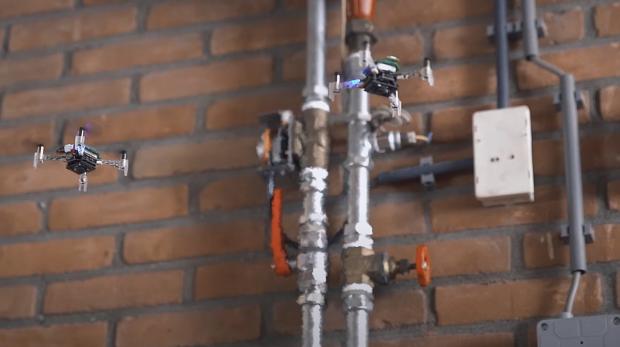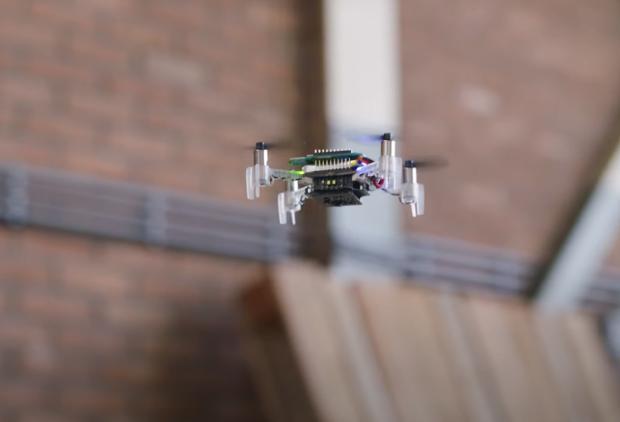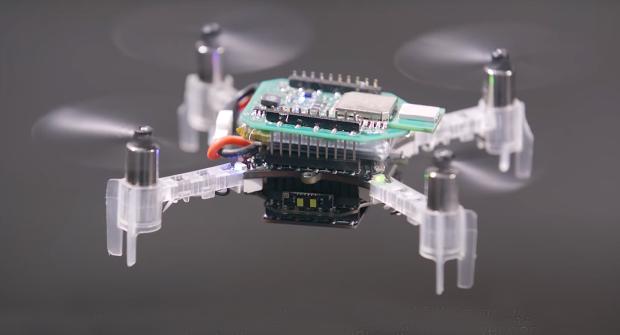Researchers Create Drone Swarms That Can Detect Gas Leaks, Other Threats



A new algorithm called “Sniffy Bug” shows how tiny drones will do dangerous work even in areas where they can’t use GPS. A new research paper documents the creation of the first autonomous small drone swarm that can detect gas leaks as well as other possible chemical threats. Sophisticated navigation capabilities enable the drones to map rooms without the aid of GPS. Researchers from Netherlands, Spain, and Harvard University contributed to the research paper.
“Actually, in nature there are ample examples of successful navigation and odor source localization within strict resource constraints.” Bart Duisterhof of TU Delft [University] said in a university announcement about the work. “Just think of how fruit flies with their tiny brains of ~100,000 neurons infallibly locate the bananas in your kitchen in the summer. They do this by elegantly combining simple behaviors such as flying upwind or orthogonally to the wind depending on whether they sense the odor. Although we could not directly copy these behaviors due to the absence of airflow sensors on our robots, we have instilled our robots with similarly simple behaviors to tackle the task.” Learn more here.
Thanks to CDR David Place (USN/Ret), davidplace47[at]gmail[dot]com, and Robin E. Alexander, President ATC, alexander technical[at]gmail[dot]com, for their assistance with this report, the background for which appeared in their # 21 - 18 - 22 JULY 2021 edition of the UNMANNED SYSTEMS NEWS (USN).
David distributes the USN, a free, comprehensive newsletter in PDF format every week or two, as well as serial news flashes, from which this NREF news update was sourced. To be included in his distribution, simply send David a subscribe request to davidplace47[at]gmail[dot]com.
